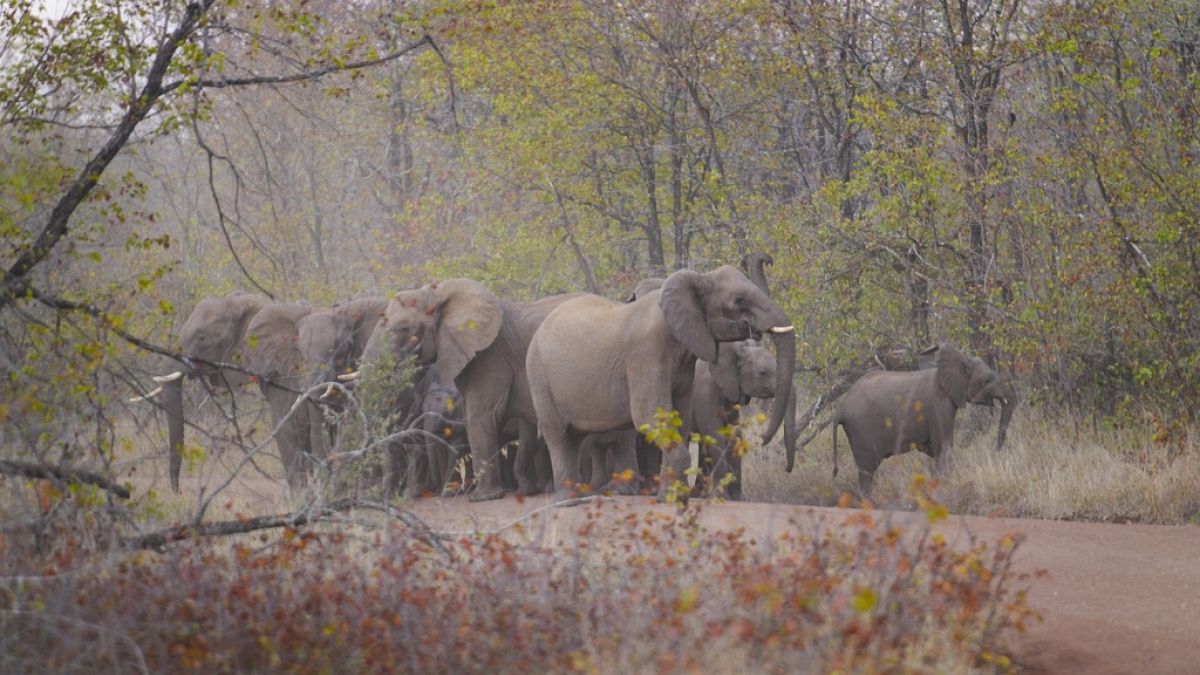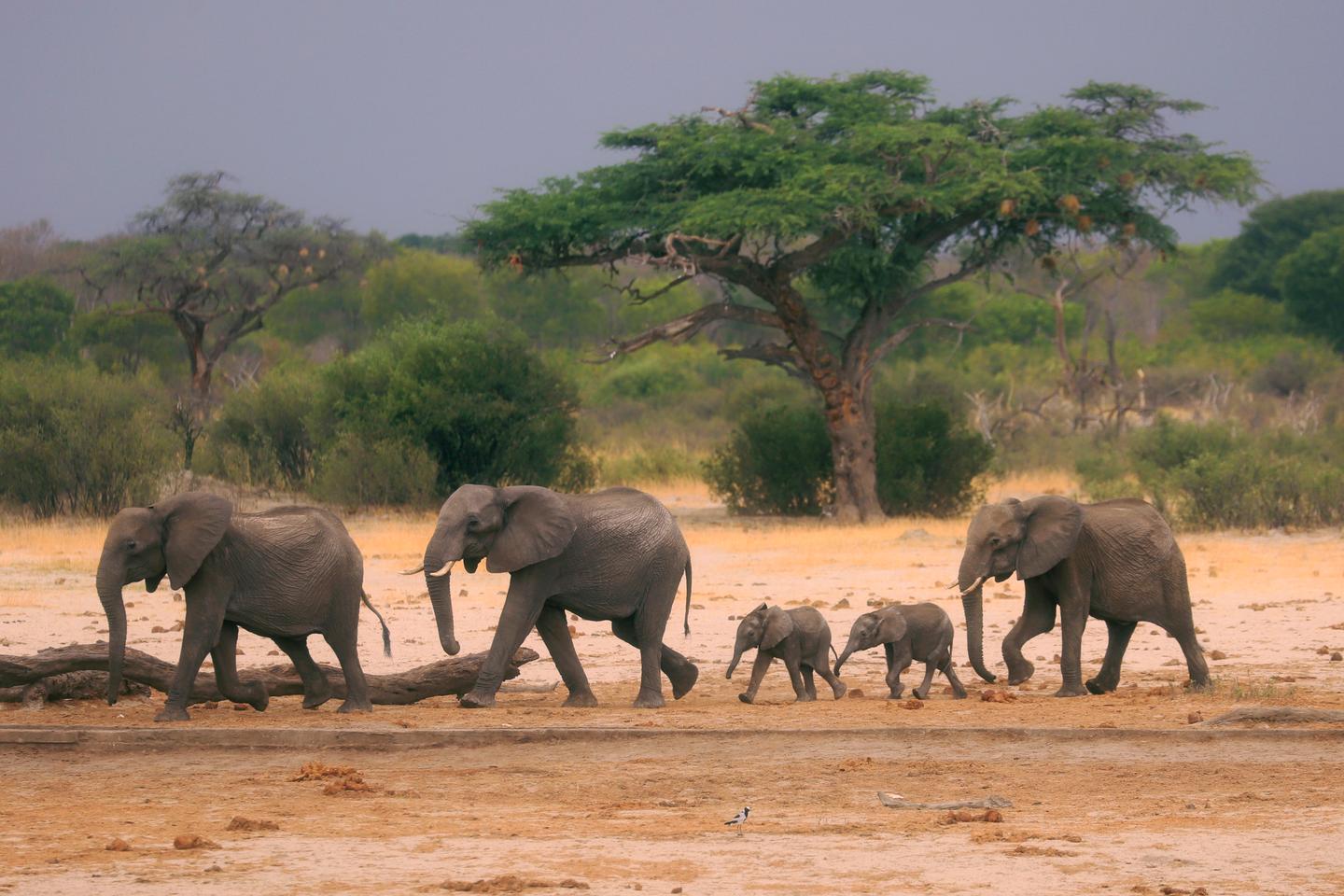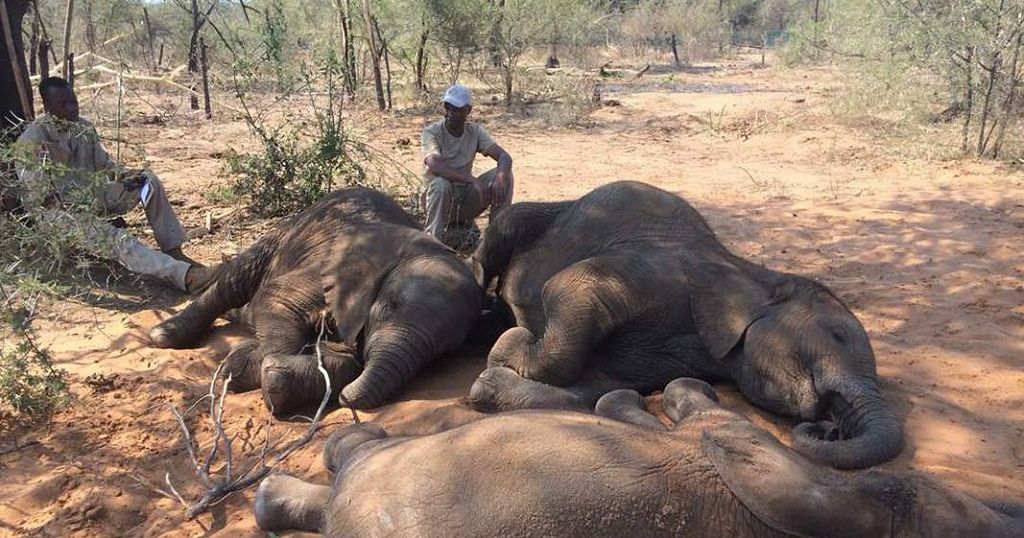Zimbabwe recently ordered the thinning out of the country’s vulnerable population of elephants, due to an unprecedented drought brought about by the weather phenomenon El Niño. The measure is meant as a means to increase food supplies.[CW1]
Harsh weather conditions are drying out crop fields and resulting in scarce harvests that are especially harmful to the country’s well-being, due to Zimbabwe growing most crops first-hand and having generally low food imports .[CW2]
The decision to cull a number of elephants sparked controversy as there is a “risk [of] turning away tourists on ethical grounds”, according to Farai Maguwu, director of the nonprofit Centre for Natural Resource Governance. However, others believe the hunt is necessary to decrease exponential damage caused by elephants to other species and habitats.
Following the example of neighboring Namibia, the Zimbabwean government is set on providing food-insufficient areas of the country with dried meat of the world’s largest land mammal.
The current drought, dating back to October 2023, has since expanded throughout southern Africa, primarily in Zambia, Malawi and Zimbabwe. It has caused anomalous soil moisture deficits and vegetation stress leading to significant damage to ecosystems and agriculture, as suggested by the satellite-derived vegetation index.
The recurring “El Niño” weather pattern is widely considered responsible [CW3] for such circumstances. As explained by the National Oceanic and Atmospheric Administration, the phenomenon pushes warm water in the Pacific Ocean to the coast of the Americas, interfering with trade winds that are supposed to move the water to the coasts of Asia.
The El Niño of 2023-24 has been one of the strongest on record. Both air and ocean temperatures throughout the year rose to record highs globally, bringing several natural disasters.
In the months of April and May, excessive rainfall in Kenya resulted in hundreds of casualties and irreplaceable losses, after flood waters the previous February submerged the streets of the state of California.
In addition to the drought in southern Africa, the Amazon River last autumn was brought to record-low flows and water levels, and the US recorded the nation’s warmest winter in history.







